Back to blog
How to Use Dedicated Gateways
IPFS is like a bustling city built for expansion, with world-class efficiency and security. But every city needs proper infrastructure. Pinata’s Dedicated Gateways are like private roads and highways connecting the different neighborhoods. And unlike the public roads that everyone uses, the ones with speed limits and lots of traffic during peak hours, Dedicated Gateways are reserved exclusively for you and your chosen audience, with no slowdowns or limitations.
In this post, we’ll give you a quick overview of Pinata’s Dedicated Gateways and what they mean for you and your project. Then we’ll give you a walkthrough of how to implement them through your Pinata account.
What is a Dedicated Gateway?
Dedicated Gateways are a type of interface between users of Pinata’s IPFS pinning service and the IPFS protocol, providing private, efficient and reliable access to content stored on IPFS. Public and private IPFS gateways both connect you to the same IPFS network, but public gateways are sensitive to traffic since there is only a limited amount of bandwidth. If lots of people are using the public IPFS gateway in your area, your content will load slowly, making for a less-than-amazing user experience.
Put simply, Dedicated Gateways are focused on performance, getting your content distributed and shared to an audience without any slowdowns. Faster content retrieval, customized URL paths, and tighter control of who can access your content.
What can I do with Dedicated Gateways?
There are several use cases where a Dedicated Gateway can offer distinct advantages over a public gateway.
High Traffic: If you have a high-traffic application, platform or marketplace that requires fast and reliable access to content on IPFS, a Dedicated Gateway can provide better performance and reduced latency. Using a public gateway could mean major slowdowns that could put off users. And once someone sees that your project isn’t up to speed, it’s likely they’ll go somewhere else.
Sensitive or Private Data: In cases where you're dealing with sensitive or private data, a dedicated gateway can offer added security with our gateway access controls. Through the use of Access Tokens, IP Address Restrictions, and Host Origin Restrictions, creators can rest easy knowing that their gateways are safe.
Customization: On public gateways, the URL of your pinned files looks something like this: gateway.pinata.cloud/ipfs/xyz. With private Dedicated Gateways, your content URLs will be yourbrand.mypinata.cloud. Your users will get a fast experience that feels like an extension of your brand.
How do I set up my Dedicated Gateway?
Setting up your Dedicated Gateway is simple. Just login to your app, and navigate to the ‘Gateway’ tab. If you don’t yet have a Picnic plan or higher, it will ask you to upgrade your plan before setting up your Dedicated Gateway.
Once you get to the Gateway tab, you’ll be asked to name your new gateway.
Once you click “Create,” your new gateway will be listed there on the Gateway tab. From there, you can click the options button on each gateway (the 3 dots on the right side) to manage your access controls. When you go back to your “Files” tab, you’ll be able to choose which gateway to use when you add a new file.
And that’s it! Now every file you add to your Dedicated Gateway will have a custom domain, and load extremely fast with all the security you’ll need to build and scale your project.
If you’re building your project with IPFS and you want to reach a larger audience without sacrificing on performance, having your own personal gateway is a must. Login to your dashboard to set yours up today. And as always, if you have any questions, reach out to us on Discord and we’ll be happy to help walk through any questions you might have.

